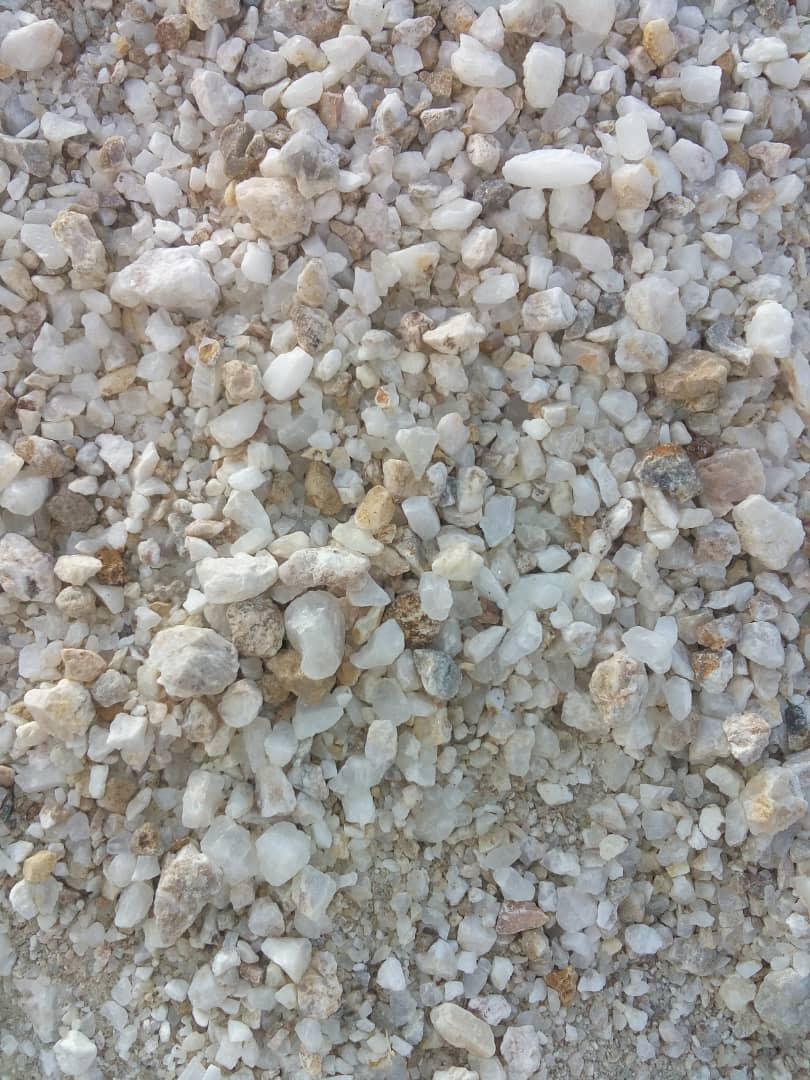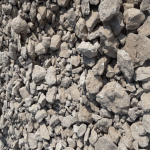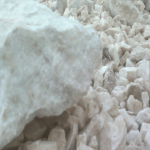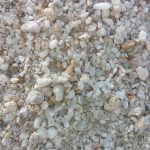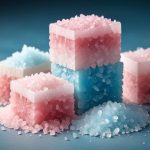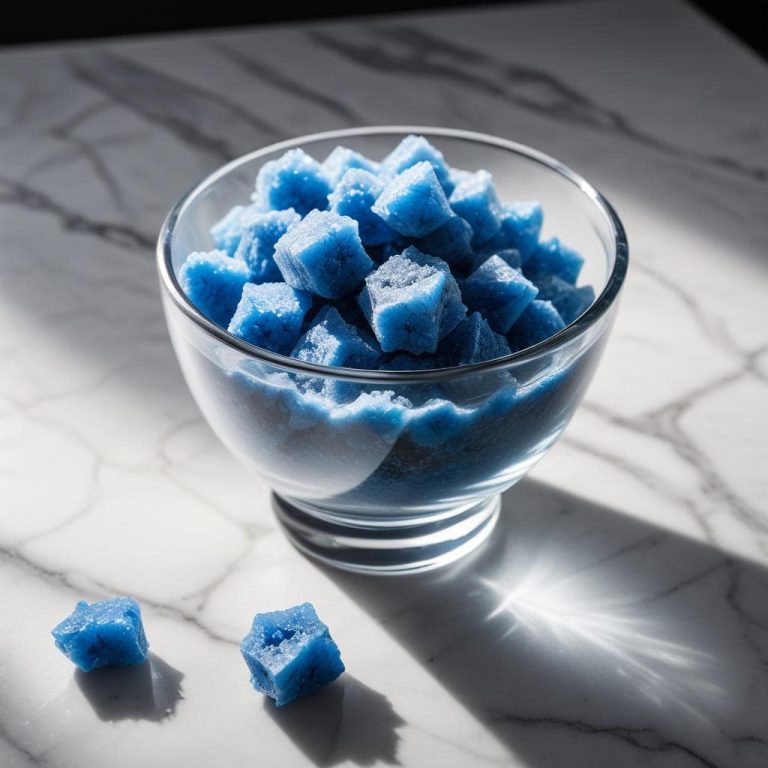Overview
Silica, or Silicon Dioxide (SiO₂), is one of the most abundant mineral compounds in the Earth’s crust. Found naturally in sand, quartz, flint, and various other minerals, silica plays a crucial role across a wide range of industries. Thanks to its unique physical and chemical properties, it is widely used in construction, manufacturing, electronics, and modern technologies.
Types of Silica
Silica appears in different forms, the most important of which include:
-
Crystalline Silica (Quartz)
The most common and stable form of silica with a crystalline structure, widely used in glass, ceramics, and building materials. -
Amorphous Silica
Lacking a well-defined crystalline structure, this form is used in food, pharmaceuticals, rubber manufacturing, and paints. -
Precipitated Silica
A synthetic form of silica produced through chemical processes, commonly used in industrial products like tires, detergents, and polishing agents.
Applications of Silica in Various Industries
1. Glass Manufacturing
Silica is the main ingredient in glass production. When combined with sodium and calcium, it forms glass with desirable optical and mechanical properties.
2. Casting and Foundry Industry
Silica sand is ideal for metal casting molds due to its high thermal resistance and moldability, particularly in steel and aluminum casting.
3. Construction Industry
Silica is used in cement, grouts, ceramic tiles, and concrete as a filler or strengthening agent.
4. Electronics and Semiconductors
High-purity silica is essential in producing silicon wafers used in microchips, solar cells, and LCD panels.
5. Pharmaceutical and Food Industry
Amorphous silica acts as an anti-caking agent, moisture absorber, and carrier for active ingredients in drugs and supplements.
6. Oil and Gas Industry
Silica is used in drilling fluids, filtration systems, and various refining processes.
Physical and Chemical Properties of Silica
| Property | Value or Description |
|---|---|
| Chemical Formula | SiO₂ |
| Melting Point | Approx. 1713°C |
| Mohs Hardness | 7 |
| Density | 2.65 g/cm³ |
| Chemical Resistance | Resistant to most acids (except HF) |
| Electrical Conductivity | Very low (excellent electrical insulator) |
Environmental and Safety Considerations
Although silica is non-toxic and naturally occurring, prolonged inhalation of crystalline silica dust in industrial environments may lead to serious respiratory conditions such as silicosis. To mitigate risks, proper ventilation, dust control systems, and personal protective equipment (PPE) like respirator masks are essential.
Conclusion
Despite its simple composition, silica is one of the most impactful and widely used minerals in industrial development and advanced technology. A thorough understanding of its forms, characteristics, and applications enables industries to utilize this strategic material efficiently and safely.


